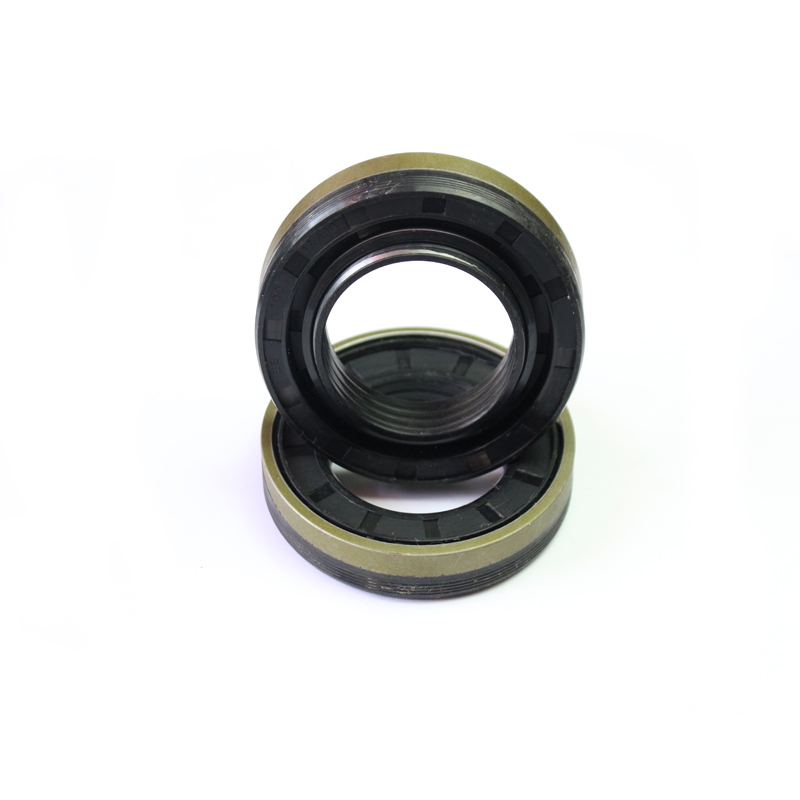trailer wheel bearings and seals
Understanding Trailer Wheel Bearings and Seals
When it comes to maintaining a trailer, ensuring the proper functionality of wheel bearings and seals is crucial. These components are essential for safe towing, efficient operation, and the longevity of your trailer’s wheels. In this article, we will explore what wheel bearings and seals are, their functions, signs of wear, and tips for maintaining them.
What Are Wheel Bearings?
Wheel bearings are specialized components designed to enable smooth rotation of the trailer wheels. They consist of an inner and outer race, a set of balls or rollers, and a cage to hold them in place. The primary function of the bearings is to support the load of the trailer while allowing the wheels to spin freely. This reduces friction between the wheel and the axle, ensuring efficient movement.
What Are Seals?
Seals, on the other hand, are protective barriers that prevent contaminants such as dirt, water, and debris from entering the bearing assembly. They also keep the bearing grease from leaking out. There are two primary types of seals lip seals, which create a tight barrier against the rotating axle, and labyrinth seals, which create a more complex path for contaminants to navigate, providing an additional layer of protection.
The Importance of Wheel Bearings and Seals
Proper functioning of wheel bearings and seals is vital for the safe operation of a trailer. Faulty bearings can lead to excessive wheel play, poor handling, and increased tire wear. If left unaddressed, this can result in catastrophic failure, leading to accidents or damage to the trailer and other vehicles. Seals, while less noticeable, play a crucial role in prolonging the life of wheel bearings by keeping them lubricated and free from contaminants.
Signs of Wear and Tear
There are several indicators that your trailer’s wheel bearings and seals may require attention
1. Noise A grinding, whining, or clunking noise from the wheel area while driving can indicate worn bearings. 2. Excessive Heat If you can touch the wheel hub and it feels unusually hot, this could suggest that your bearings are failing and generating excess friction.
3. Vibration Any noticeable vibration through the trailer while towing can be a sign of bearing issues.
trailer wheel bearings and seals

4. Grease Leakage If you find grease around the wheel area or notice a reduction in grease levels, your seals may be compromised.
5. Uneven Tire Wear This can signal problems with the bearings or misalignment, potentially caused by damaged seals allowing contaminants to enter.
Maintenance Tips
Maintaining wheel bearings and seals is essential for safe and efficient trailer operation. Here are some tips to keep these components in optimal condition
1. Regular Inspections Assess your trailer’s wheel assemblies regularly. Look for signs of wear, noise, and grease levels. Catching problems early can save you from costly repairs.
2. Lubrication Ensure that wheel bearings are properly lubricated with the appropriate grease. Repack them with fresh grease according to the manufacturer’s recommendations, typically every 12 months or 12,000 miles.
3. Check Seals Inspect seals for cracks, wear, or deformation. Replace any damaged seals to prevent contamination of the bearings.
4. Monitor Load Capacity Avoid overloading your trailer, as excessive weight can place undue stress on the wheel bearings, leading to premature wear.
5. Professional Servicing If you’re unsure about the condition of your wheel bearings or seals, it’s wise to consult a professional. They can perform thorough inspections and necessary maintenance.
Conclusion
Wheel bearings and seals are integral components of a trailer’s design, playing a significant role in safety and efficiency. By understanding their functions, recognizing signs of wear, and implementing regular maintenance, you can ensure your trailer operates smoothly and remains safe on the road. Proper care will not only enhance the safety of your trailer but also extend its lifespan, making it a worthwhile investment for any trailer owner.
-
Understanding Different Types of Oil Drain Plugs: A Comprehensive Guide
News Jun.27,2025
-
The Role of Nylon Washers in Oil Drain Maintenance: A Practical Guide
News Jun.27,2025
-
The Essential Guide to Drain Plug Washers: Types, Uses, and Best Practices
News Jun.27,2025
-
Everything You Need to Know About Washer and Plug Sealing: Polaris-Specific and General Tips
News Jun.27,2025
-
A Comprehensive Guide to Different Types of Oil Drain Plugs for Efficient Maintenance
News Jun.27,2025
-
A Complete Guide to Oil Drain Plug Washers: Tridon and Euro Car Parts Solutions
News Jun.27,2025
-
Understanding Oil Drain Plugs: Types, Issues, and Replacements
News Jun.26,2025
Products categories















